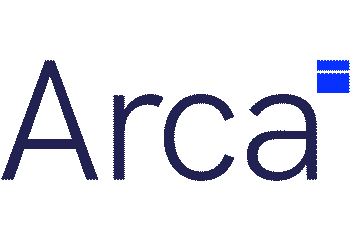The Evolution of Monitoring Solutions in Life Science Logistics
Technology has advanced significantly but is the industry still caught in the past?
The traditional approach of passive monitoring always seemed counter intuitive in such a quality focused sector. While passive monitoring has been a longstanding method in the industry, its limitations are becoming increasingly apparent and its role in supply chains is coming to an end. As Biotechnology develops alongside new therapy modalities the industry will demand more from its partners. Active monitoring offers a fresh perspective, providing real-time insights and the ability to take a more proactive approach in the logistics process. As the industry evolves, there is a growing recognition of the need to transition from outdated practices to more advanced solutions.
Traditional Methods: Passive Monitoring
Traditionally, passive monitoring solutions have been the norm in logistics operations. These solutions rely on data loggers and indicators to track temperature conditions during transit, providing a snapshot of conditions upon arrival. This doesn’t allow any organisation to react to challenges or deviation risk in transit which naturally increases risk. If quality is truly the driving force behind service selection, then this way of working cannot be accepted for much longer. Combining this with real frustrations experienced waiting for temperature reports to be downloaded and shared adds unnecessary time and complexity to a simple but impactful process.
Active Monitoring: A new standard for Life Science Logistics
In contrast, active monitoring solutions represent a significant advancement in logistics technology. By utilising sophisticated sensors and real-time data transmission capabilities, active monitoring solutions offer unparalleled visibility into temperature conditions throughout the entire supply chain journey. This level of insight enables logistics providers to proactively monitor and manage temperature fluctuations, ensuring the integrity of sensitive shipments from start to finish. Proactivity is key, with automation at its core, live monitoring solutions remove the pain and anxiety often felt by shippers as they hand over their critically important materials.
The Impact on Research and Development
The choice between passive and active monitoring solutions has far-reaching implications for logistics within the life science sector. In research settings where the integrity of biological samples and experimental materials is paramount, active monitoring provides invaluable assurance and peace of mind in transit. Researchers can rest assured knowing that their precious specimens are continuously monitored and protected, minimising the risk of costly deviations and ensuring the reliability of research activity further down in the development cycle.
The Myth Behind the Cost:
The perception of passive monitoring as a more cost-effective solution compared to active monitoring is being challenged in the evolving logistics landscape. While traditional methods may appear cheaper upfront, the rapidly narrowing gap in price points between passive and active monitoring solutions is reshaping this narrative. Combining this with the integration of sustainability factors into logistics practices is resulting in a shift in cost dynamics. Sustainable solutions, including active monitoring, are proving to be not only environmentally responsible but also economically viable in the long run. By investing in solutions that offer real-time insights and proactive measures, businesses can mitigate risks, reduce waste, and ultimately achieve cost savings while contributing to a more sustainable future. As the logistics industry embraces these changes, the myth of passive monitoring as the cheaper option is being debunked, paving the way for a more sustainable and cost-efficient approach to logistics management.
Embracing the Future
As the life science sector continues to evolve, the demand for innovation in logistics will grow. Embracing technology and partnering with trusted logistics providers, organisations in the industry can unlock new opportunities for research and development success in an ever-increasing cost effective way. Our role as a company is to modernise the industry bringing simplicity and confidence to what can at times seem complex.
In summary the choice between passive and active monitoring solutions has profound implications for research and development in the life science sector. By embracing active monitoring technology and partnering with trusted logistics providers, organisations across the spectrum can elevate their research efforts and drive progress toward a brighter future. Reach out and explore what is possible in the modern world.

